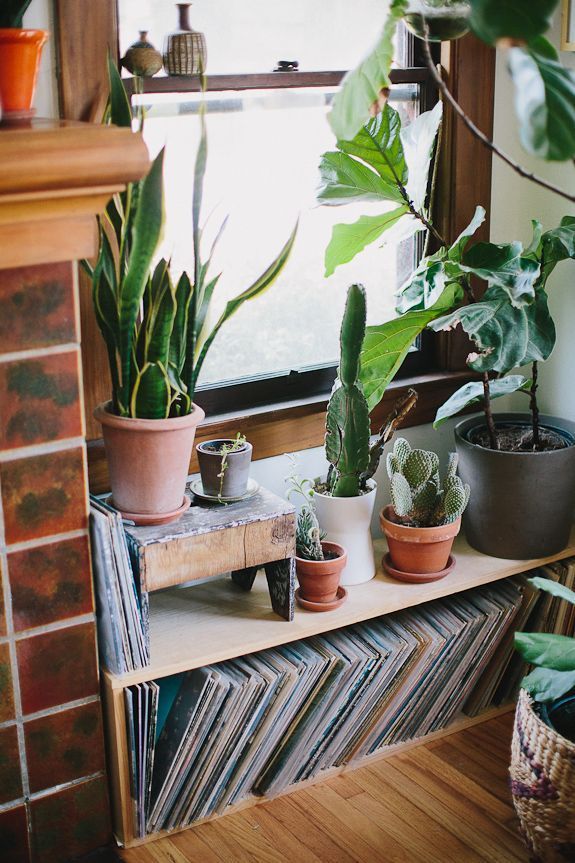Now more so than ever, we are spending much of our time indoors, in our homes. For many of us, our home is a sanctuary filled with our essential comforts, our indulgences and treasured keepsakes.
Normally, on average Australian’s spend about 90% of their time indoors. Whether it be at work, home or your favourite restaurant or bar, and studies have shown that indoor air quality is often more polluted than the air we breathe outside.
For a myriad of reasons - including the slightly scary figures above, growing indoor plants is incredibly beneficial for your mental and physical health.


Adding lush greenery to the empty space in the corner, or hanging from the top cupboard in a bare bathroom will bring calm around and relax the mind.
. Humble plants will also:
Purify indoor air - Plants, along with millions of microorganisms in the soil, reduce Volatile Organic Compounds (VOCs) that are one of the main indoor pollutants - coming from carpets, furniture and other office fixtures, as well as carbon dioxide and carbon monoxide from the air.
Bring nature indoors - It isn’t always possible to go for a nice long walk in the bush, or along a stunning beach, but connecting with nature is grounding and beneficial for our mental and physical health. Whether it’s your home or a sterile work environment like an office, growing and cultivating plants indoors is a way or reconnecting with nature every day.
Reduce stress - Connecting with nature reduces stress. Taking a moment to ritualise the care of your plants - to watch them thrive and grow. (Don’t worry if this hasn’t been your experience to date - you are not alone! And we have some tips on the best plants for where below.)


Boost mood - Keeping plants indoors boosts your mood, creativity and can also increase your concentration. They also make us feel more positive and secure - which at times, is a little helping hand we could all use.
Improve sleep - It's clear to see why a calming space, with fresh clean air, would only be beneficial in the quest for a night of restful night sleep. It has also been found that the vapour from plants like lavender and jasmine next to your bed can also aid in sleep.
So, where to start?
Keeping plants indoors isn’t a new notion, but sometimes what started as an exercise in restoring calmness and zen, can often lead to frustration and despair, when the ‘un-killable’ plant does in fact die.
Like with anything, some plants thrive better in certain locations. The below plant-selection tips, along with reading up on a beginners guide to indoor plants will have your indoor plants thriving:
- Peace Lily (Spathiphyllum)
- Orchids (Orchidaceae)
- Ferns (Tracheophyta)
- Hanging plant varieties
- Snake Plant (Dracaena trifasciata)
- Spider Plant (Chlorophytum comosum)
- Lavender (Lavandula)
- Jasmine (Jasminum)


- Devil’s Ivy (Pothos)
- Zanzibar Gem (Zamioculcas)
- Snake Plant (Dracaena trifasciata)
- Prayer Plant (Maranta leuconeura)
- Foxtail fern (Asparagus densiflorus myersii)
- Banana palm (Musa acuminate)
- Zanzibar Gem (Zamioculcas)
- Aloe Vera (Aloe barbadensis)
- Herb varieties
- English Ivy (Hedera helix)
- Air Plant (Tillandsia)
- Chinese Evergreen (Aglaonema)
“This connection is increasingly being explored and confirmed by scientific research, with studies pointing towards the same conclusion – plants make people happy and healthy.” - Plant Life Balance Report 2020
Subscribe to our newsletter
Promotions, new products and sales. Directly to your inbox.
















